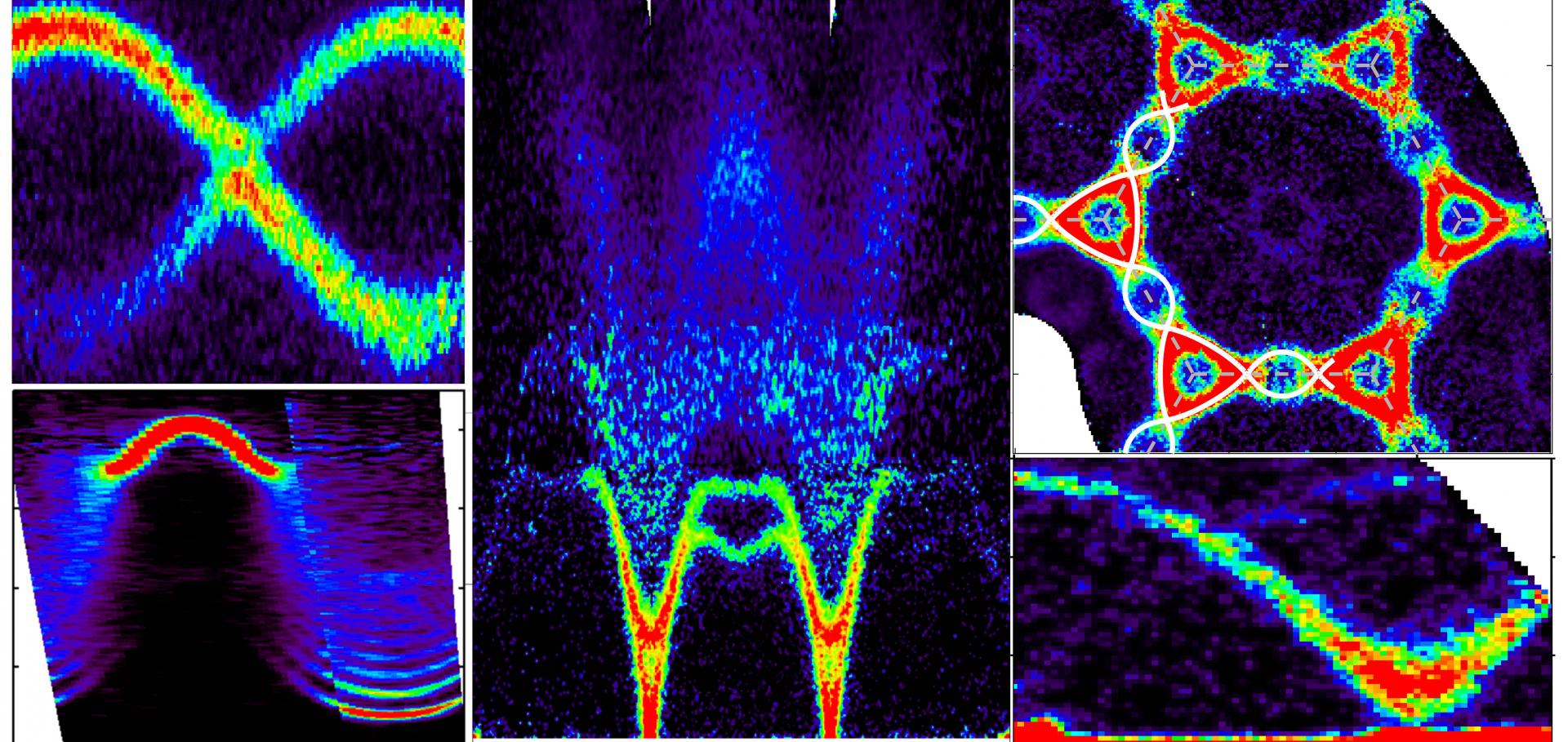Erratum: Quantifying and Controlling Entanglement in the Quantum Magnet Cs2CoCl4 [Phys. Rev. Lett. 127, 037201 (2021)]
Physical Review Letters American Physical Society (APS) 130:12 (2023) 129902
Excitations of quantum Ising chain CoNb2O6 in low transverse field: quantitative description of bound states stabilized by off-diagonal exchange and applied field: data archive
University of Oxford (2023)
Abstract:
The deposited package contains experimental single crystal inelastic neutron scattering data probing the spin dynamics in the quantum Ising chain magnet CoNb2O6 in applied transverse magnetic field together with corresponding theoretical calculations of the spin dynamics. A matlab script to read and plot all data in ASCII files is also supplied.Tuning the confinement potential between spinons in the Ising chain CoNb2O6 using longitudinal fields and quantitative determination of the microscopic Hamiltonian: data archive
University of Oxford (2023)
Abstract:
The deposited package contains experimental single crystal inelastic neutron scattering data probing the spin dynamics in the quantum Ising chain magnet CoNb2O6 in longitudinal magnetic field together with corresponding theoretical calculations of the spin dynamics. A matlab script to read and plot all data in ASCII files is also supplied.Quantifying and Controlling Entanglement in the Quantum Magnet Cs2CoCl4
Physical Review Letters American Physical Society (APS) 127:3 (2021) 037201
Quantifying and controlling entanglement in the quantum magnet Cs2CoCl4
Physical Review Letters American Physical Society 127 (2021) 037201


